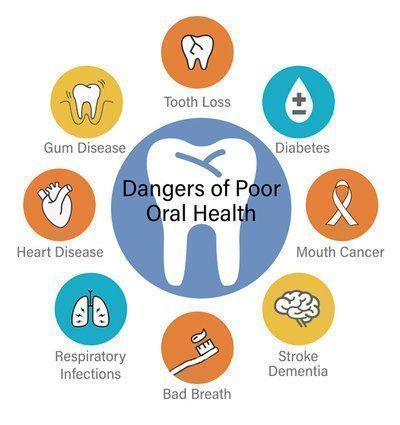Antihistamine prescription needed?
Antihistamines are drugs used to relieve symptoms caused by allergies of various kinds:
- dust mite allergy
- seasonal allergy (so-called hay fever or allergic rhinitis)
- food allergies.
Allergy refers to the abnormal reaction of the immune system that starts producing IgE and releases histamine, the substance responsible for the symptoms characteristic of all allergic reactions (swelling of the tissues of the nose, tearing, itching, rashes, and so on).
So, just the antihistamines block histamine.
However, antihistamines are used not only for allergies but also for treatment:
- hives
- conjunctivitis
- reactions to insect bites
These drugs are also used to prevent motion sickness and as a short-term treatment for people suffering from insomnia.
Most antihistamines Can be purchased freely At pharmacies, but some are available by prescription only.
Before taking antihistamines, however, it is important to consult your family doctor, or allergy specialist (even if you opt for over-the-counter ones) precisely to understand how and when to take them.
Antihistamines are usually classified into two main categories:
- first-generation, those that can induce deep relaxation and drowsiness(chlorphenamine, l’hydroxyzine and promethazine). They begin to take effect 15 to 30 minutes after being taken and reach maximum effectiveness in 1 to 2 hours. They have enough side effects
- second-generation (the cetirizine, loratadine and fexofenadine). They have a prolonged effect of up to 24 hours and can therefore be taken as little as once a day. They have fewer side effects than those of the first generation.
Both types are available in different forms: tablets, capsules, liquids, syrups, creams, lotions, gels, drops or nasal sprays.
In the case of allergy, it may be advisable to try several types of antihistamines and opt for those that cause fewer “side effects” such as annoying drowsiness.



